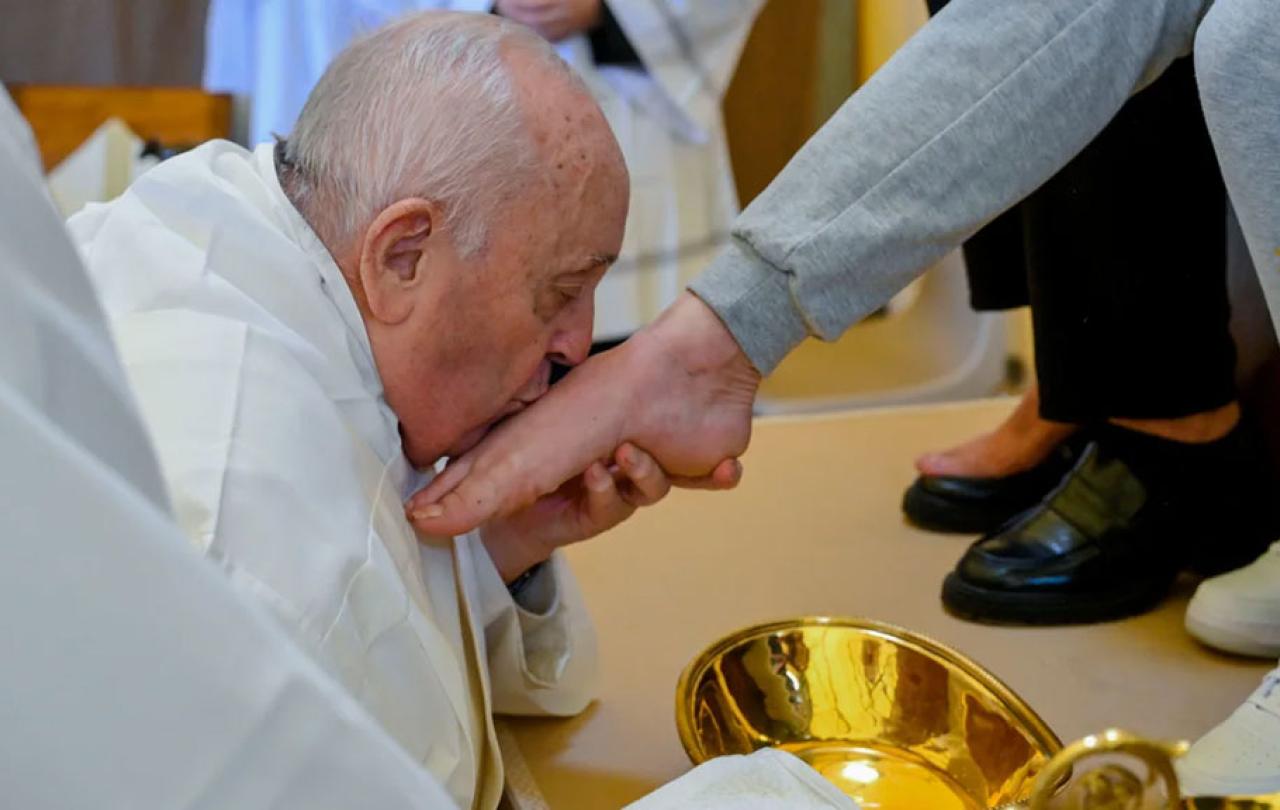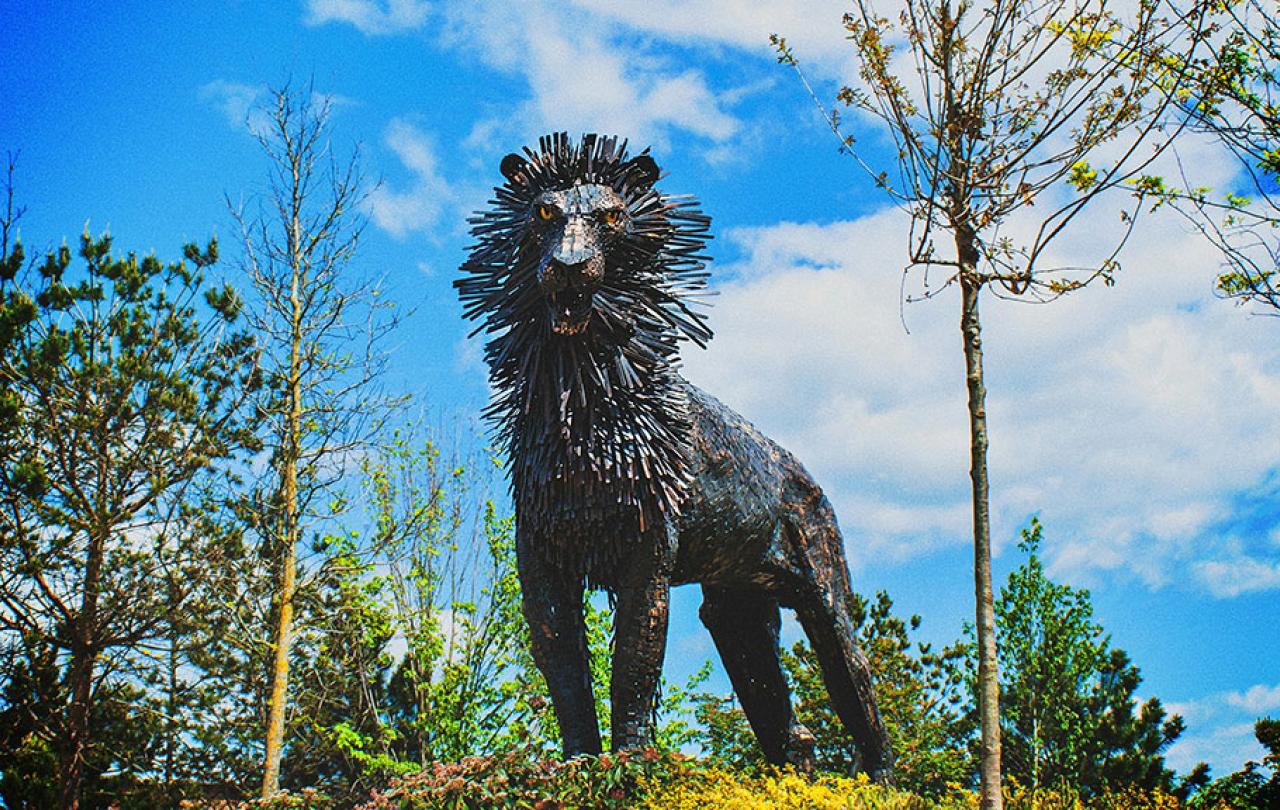As such, an allegory is like a puzzle that must be solved by the reader to reveal its hidden meaning. Its one-dimensional characters straightforwardly signal the qualities they represent, as in Bunyan’s Mr Despondency, held captive in Doubting Castle by a giant called Despair. Unlike allegory, myths are stories from which numerous truths may be abstracted. Instead of presenting the reader with a single message needing to be unlocked, myths instil a sense of longing for something much less tangible – ‘like a flower whose smell reminds you of something you can’t quite place’. Lewis considered allegory to be a limited medium, since authors can only insert ideas that they already know, whereas a myth is of a higher order, since authors can fill it with ideas of which they are not yet conscious.
Lewis was fascinated by myths from his first encounter with the stories of Asgard and the Norse deities as a young man. As an atheist, one of his key objections to the Christian faith was that it was just another version of the myth of a dying god who is resurrected, similar to those he found in the stories of the Norse god Baldr, whose death was brought about by Loki, the trickster god. Following entreaties by Baldr’s mother, the goddess Frigg, Hel agrees to release him from the underworld, on the condition that everything on earth weeps for him. But Baldr’s return is ultimately blocked by one creature, a giantess, presumed to be Loki in disguise, who refuses to mourn him.
Why was Christianity different to this myth, or others, like the Egyptian account of Osiris or the Classical story of Adonis? It was a lengthy night-time conversation with his friends Hugo Dyson and J.R.R. Tolkien in the grounds of Magdalen College in September 1931 that helped him overcome this objection and embrace Christianity. What Lewis came to recognise is that, when he encountered a god dying and being revived in pagan myths, he found it profoundly moving, suggestive of meanings beyond his grasp. But, when he met a similar concept in the Christian gospels, he was unmoved. What he took from his talk with Tolkien and Dyson was an openness to accepting the Christian story as a myth, with all its mystery and suggestive implications, but with one key difference from the Norse, Egyptian and Classical myths: it really happened. But, by becoming fact, he argued, Christianity did not cease to be a myth: ‘that is the miracle’.


